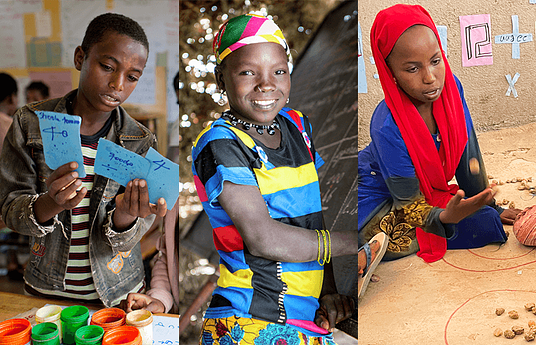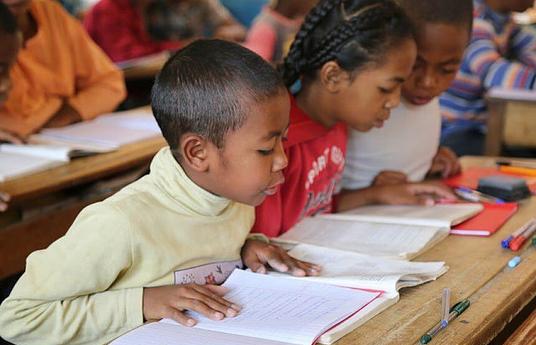A school leader holds immense potential to define the course of a school and its students and have a direct impact on learning outcomes. Even with such a pivotal role, a school leader receives minimal training. As such, a school leader is often found to focus on administrative tasks, while the quality of education takes a back seat in their order of priorities.
To translate our vision of creating child centric schools that cater to the needs of every child, into action, we partner with state education departments and craft a school leadership development journey of that state, suited to its context and priorities. This journey consists of two main elements: micro improvement projects and self paced learning. Through micro improvement projects, we ensure schools take small achievable steps towards a larger goal of child centric education, thereby creating a sense of accomplishment and a habit of continuously driving improvement in their schools. Through self paced learning, we ensure that school leaders gain and imbibe knowledge on their own time and at their own pace. We share interactive, innovative and easily consumable, low-tech knowledge resources, so that every school leader has access to best practices from across the globe. We incentivise application of this knowledge by creating platforms for leaders to showcase their efforts.
We started by partnering with 2 school in 2017 where we implemented our whole school development approach by focusing leadership development. Once we established proof of concept, we partnered with state education departments of Tamil Nadu and Puducherry as strategy partners and charted a course for school leadership development for the state/specific blocks as well as designed specific improvement projects for these states after thorough needs assessment.
In the next two years, we will be partnering with 4 states and impacting over 100,000 public schools and school leaders. We will also be launching a school leadership development course in affiliation with reputed institutions which will be offered to school leaders across the country.
Partnering with the school or local education body, conducting a needs assessment to understand the school's context and needs, identifying priorities and co-designing interventions alongside the school leadership team, creating high quality knowledge resources for leadership development and micro improvement projects to be lead by stakeholders and design and implement monitoring and evaluation
.jpg)


